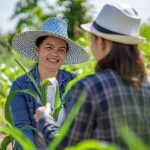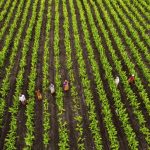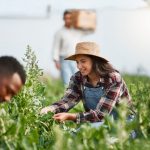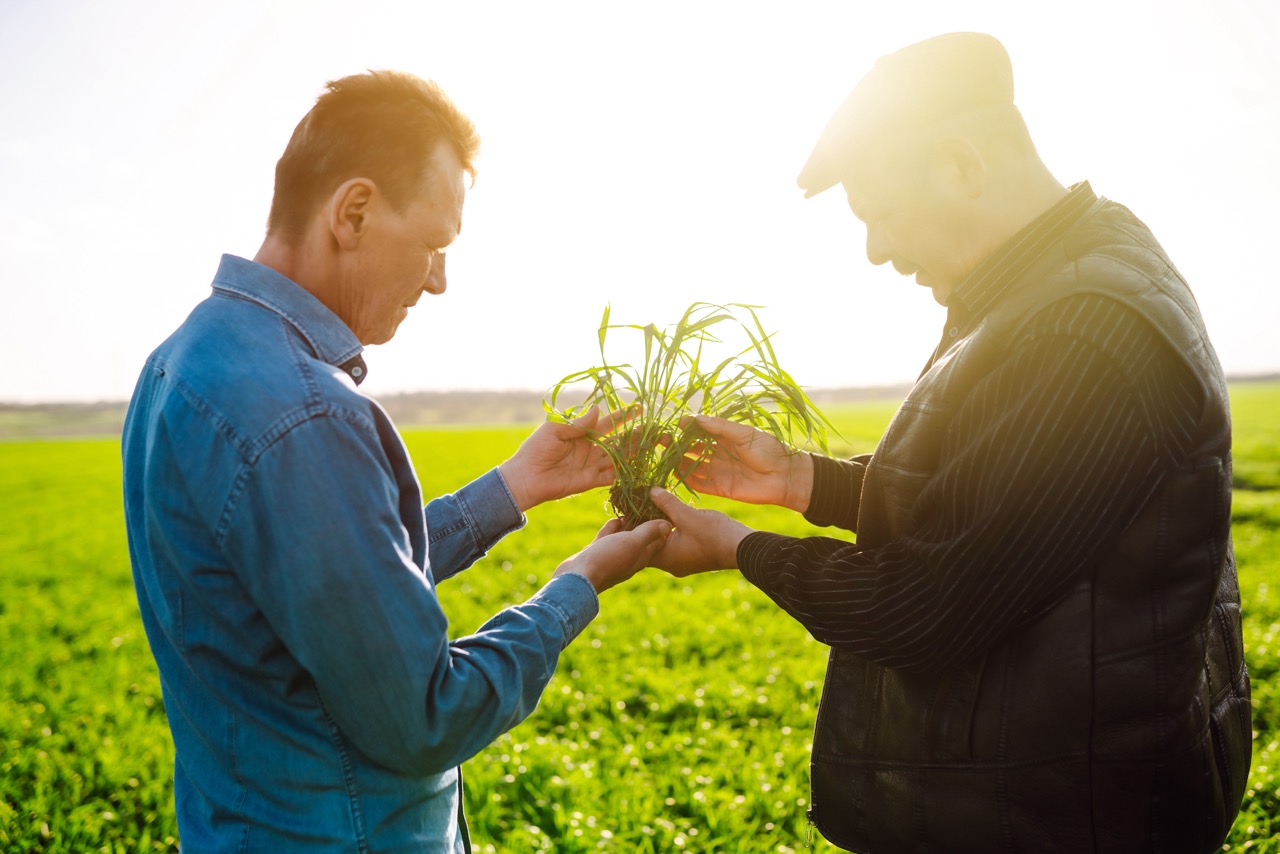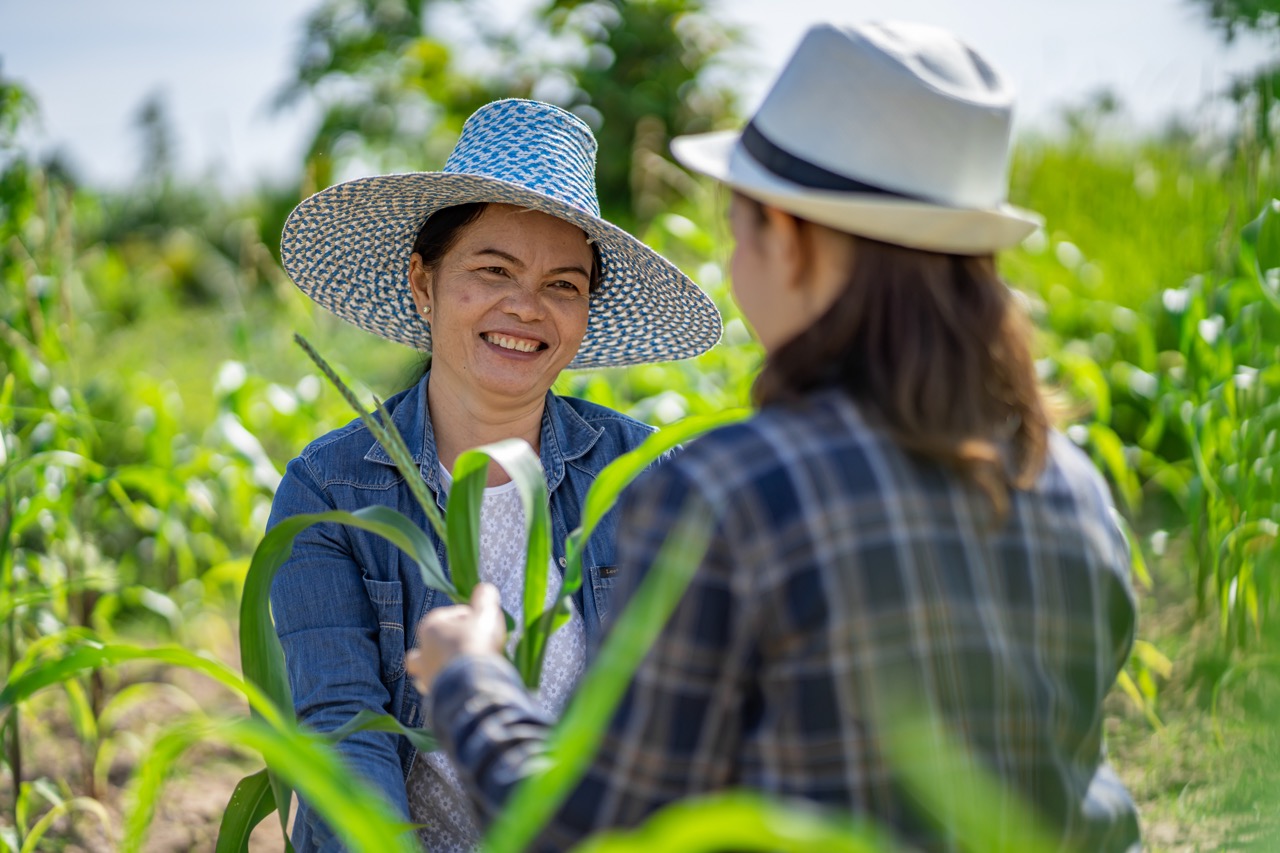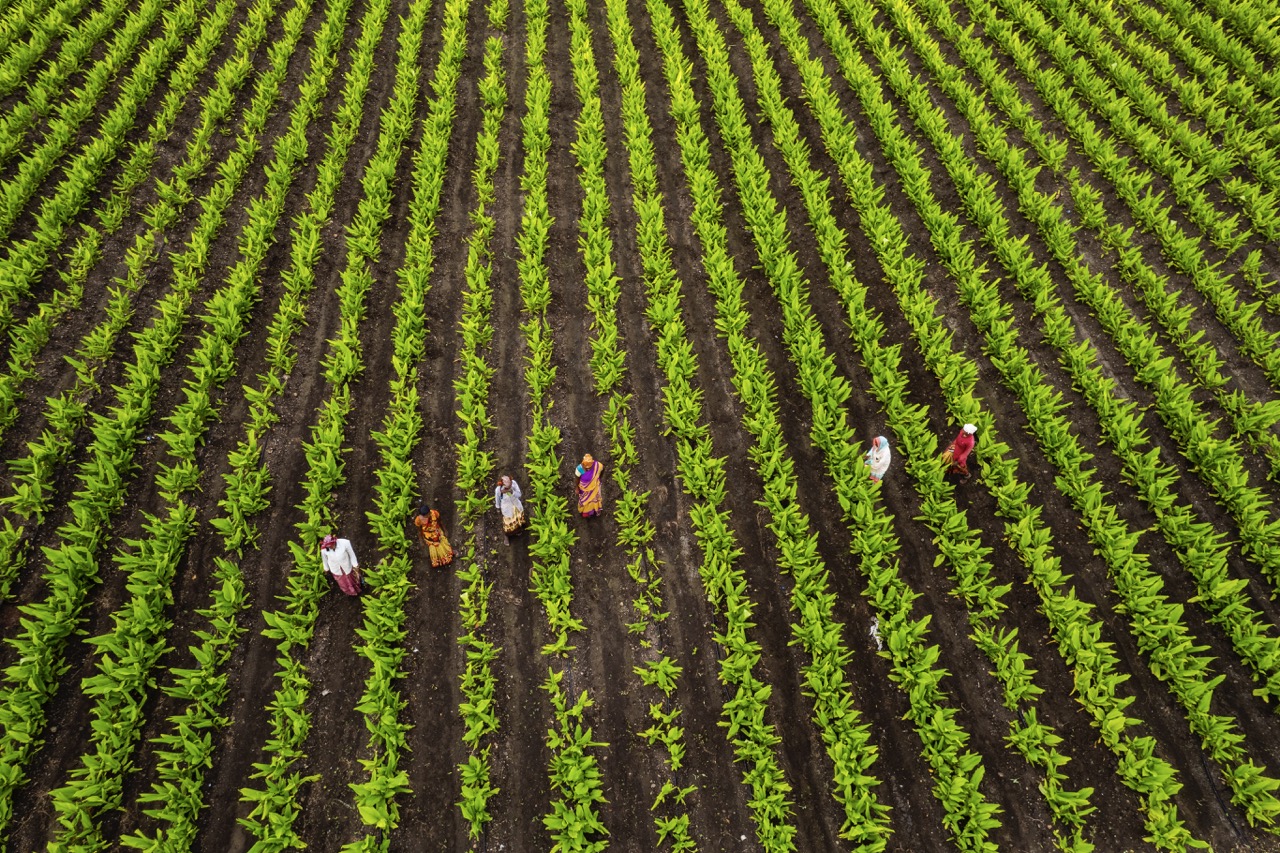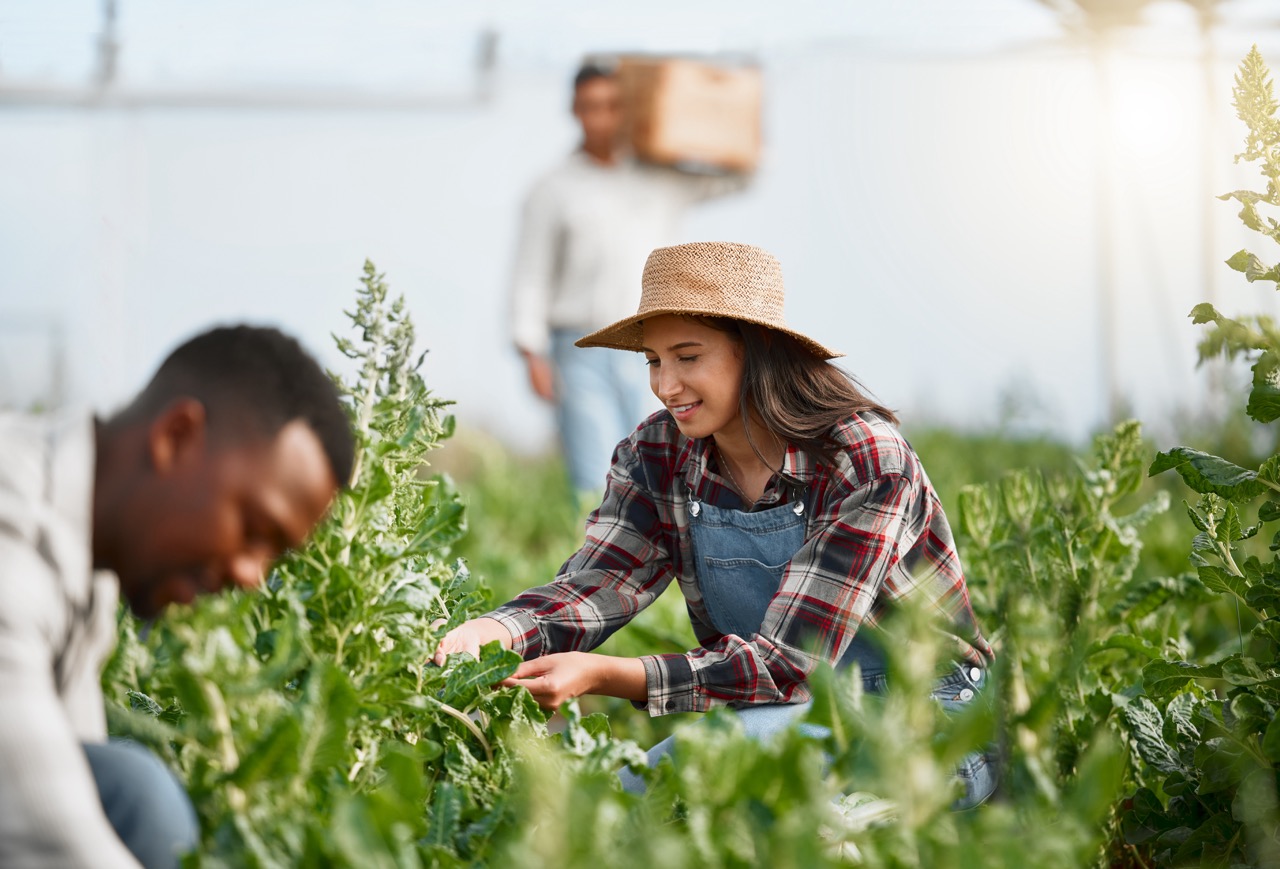Sharecropping has long been associated with the agricultural practices of the post-Civil War American South, often conjuring images of exploitation and poverty. However, as the demand for sustainable agricultural practices rises in the face of climate change and food insecurity, sharecropping is emerging as a potential vehicle for alternative farming techniques. This article explores the historical context of sharecropping, its role in sustainable agriculture, the innovative farming techniques that have emerged from it, and its potential future within agroecological practices.
Understanding Sharecropping: A Historical Perspective
Sharecropping developed in the United States during the Reconstruction era as a response to the labor shortages and economic upheaval that followed the Civil War. Landowners, lacking sufficient labor to cultivate their fields, entered into contracts with freed African American families who had no resources to purchase land or tools. These contracts allowed sharecroppers to grow crops on a portion of the land and, in return, pay a portion of the harvest to the landowner. This system was initially intended to provide a degree of autonomy for sharecroppers, but it quickly devolved into a cycle of debt and dependence that often shackled families to landowners.
Despite its problematic legacy, sharecropping catalyzed the establishment of a distinct agricultural culture among African American farmers. They developed unique practices and traditions, utilizing local resources and indigenous knowledge to maximize yield within the constraints of their circumstances. This historical context showcases the resilience of sharecroppers, who have adapted to environmental changes and market demands, laying the groundwork for future sustainable practices.
Today, the historical framework of sharecropping provides valuable insights into the dynamics of land use and labor relations. By understanding how sharecropping evolved, contemporary agriculturalists can glean lessons from the past, seeing opportunities for collaboration and resource-sharing that transcend traditional land ownership models. Additionally, the historical narrative highlights the critical role of marginalized communities in shaping agricultural systems, offering a foundation for modern movements pushing for sustainable and equitable agriculture.
The Role of Sharecropping in Sustainable Agriculture
Sharecropping can play a pivotal role in promoting sustainable agricultural practices by decentralizing land ownership and enhancing community cooperation. With sharecropping agreements, land can be utilized by multiple farmers, allowing for diverse crop rotations and reducing the ecological footprint of farming activities. This collaborative approach fosters a sense of community, where knowledge and resources are shared, thereby enhancing resilience against environmental challenges.
Moreover, sharecropping enables farmers to experiment with alternative farming methods, such as agroecology and permaculture, without the immediate pressure of ownership burdens. This flexibility allows sharecroppers to implement practices like intercropping, cover cropping, and organic amendments, which can improve soil health, enhance biodiversity, and mitigate pest problems. The willingness to adopt innovative techniques can lead to higher yields and reduced dependency on chemical inputs, aligning with the principles of sustainable agriculture.
Additionally, sharecropping can bridge the gap between conventional farming and ecological practices. As farmers become more aware of the environmental impacts of traditional monoculture farming, sharecropping arrangements can facilitate a transition toward more regenerative methods. This evolutionary process not only benefits the land but also empowers communities as they collectively work towards sustainable food systems that prioritize both economic viability and ecological health.
Innovative Farming Techniques Emerging from Sharecropping
The dynamics of sharecropping have led to the emergence of innovative farming techniques that can respond effectively to modern agricultural challenges. By pooling resources and labor, sharecroppers often adopt practices that prioritize sustainability and resilience. For instance, community-supported agriculture (CSA) can flourish in a sharecropping model, where local consumers directly support farmers, enabling them to experiment with organic and eco-friendly farming methods.
The use of agroforestry techniques is another innovative approach that has gained traction among sharecroppers. By integrating trees and shrubs into crop production systems, farmers can improve biodiversity, enhance soil health, and create microclimates that benefit crop yields. This practice not only diversifies income streams but also contributes to carbon sequestration and soil conservation, addressing climate change impacts.
Additionally, the revival of traditional and indigenous farming techniques has found a place within sharecropping communities. Practices such as companion planting and natural pest control not only leverage local ecological knowledge but also reduce reliance on synthetic chemicals. The incorporation of these techniques into sharecropping arrangements signifies a shift towards a more holistic approach to agriculture, one that respects both human and environmental health.
Future Perspectives: Sharecropping and Agroecological Practices
As the agricultural landscape continues to evolve, the potential for sharecropping to support agroecological practices becomes increasingly apparent. The principles of agroecology—diversity, synergy, and sustainability—align well with the collaborative nature of sharecropping, presenting opportunities for farmers to make decisions collectively. This shared governance can foster a culture of innovation, where practices are developed and refined based on the experiences of the community.
Furthermore, the integration of technology into sharecropping arrangements can enhance the viability of alternative farming techniques. Digital platforms facilitating the sharing of data, resources, and market access can empower sharecroppers to connect with broader agricultural networks, elevating their practices and products. With access to information and tools, sharecroppers can embrace precision farming, sustainable irrigation practices, and real-time monitoring of soil health, ultimately leading to improved productivity and sustainability.
Looking ahead, the potential for policy frameworks to support sharecropping arrangements and agroecological practices is crucial. As an alternative model of land use and community engagement, sharecropping can attract investments and resources aimed at sustainable agriculture. By recognizing and valuing the contributions of sharecroppers to local food systems and environmental stewardship, policymakers can help pave the way for a more equitable and sustainable agricultural future.
In conclusion, the historical context and contemporary relevance of sharecropping reveal its potential as a model for supporting alternative farming techniques. Through community collaboration and resource-sharing, sharecropping fosters innovative practices that align with sustainable agriculture goals. As we seek to navigate the challenges of food security and climate change, embracing sharecropping as a viable pathway can lead us towards more resilient and sustainable agricultural systems that honor both tradition and innovation.
